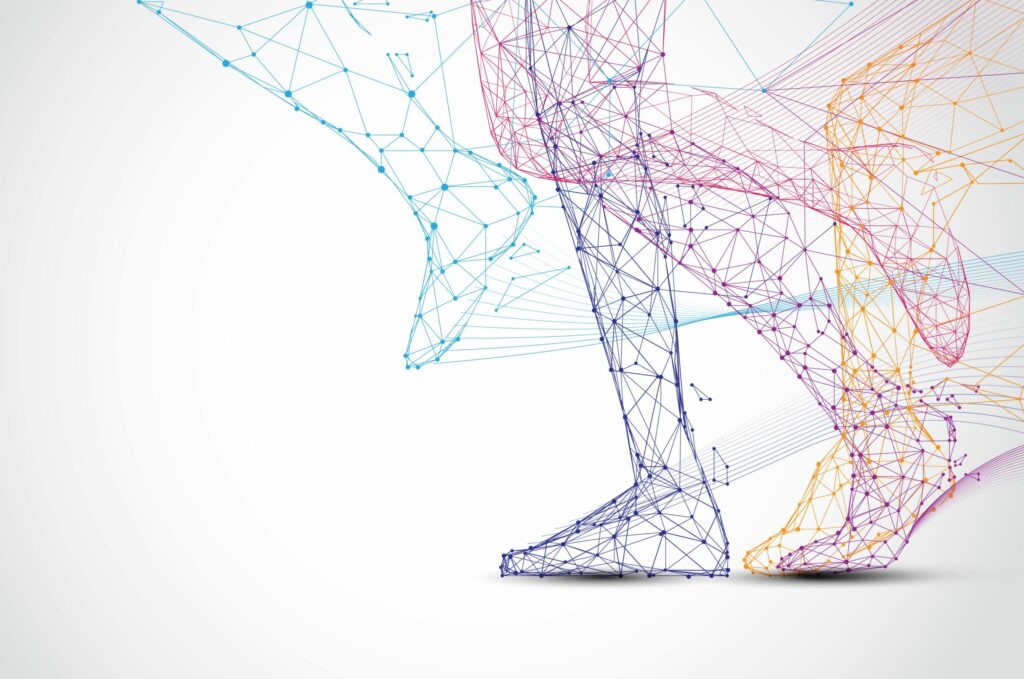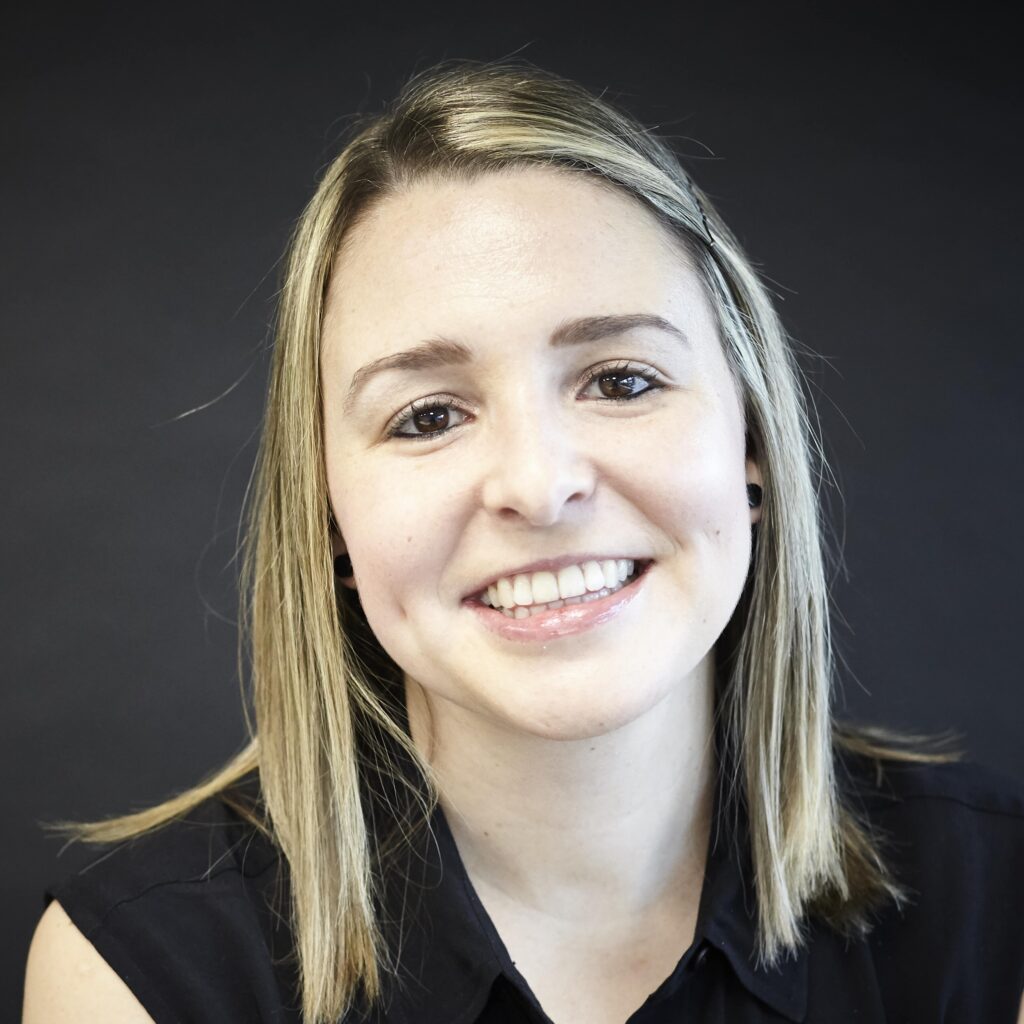Motion capture In healthcare applications

Motion capture, the process of recording the specific movements of objects, animals or people, was first used as a technology over five decades ago. Despite being commonly linked to the entertainment industry, it was originally designed for clinical gait analysis – a process for understanding an individual’s unique movements and to be used as a tool to diagnose and prescribe treatment for any abnormalities in gait patterns causing pain or injury.
As technology has evolved, biomechanics research, whether it be clinical, sporting or academic, still remains the technology’s most common application.
Enhancing insights into human movement
Today, motion capture is a vital part of the work carried out by some of the world’s largest research centres, universities, hospitals and medical practices. Stroke and amputee patients can leverage this cutting-edge technology to aid in their rehabilitation process, while researchers and clinicians can get a better understanding of how to treat those with neurological disorders such as cerebral palsy.
There are several different types of motion capture being used today to enhance our knowledge of human movement. Optical motion capture systems, which use cameras and reflective sensors, can be used to analyse many different human movements. In gait analysis for example, optical motion capture is providing medical practitioners with a more comprehensive understanding of lower limb movement to better treat injured patients.
Inertial motion capture technology, which uses Inertial Measurement Units, or IMUs, is an emerging technology that is currently playing a key role in sports science research and performance. IMUs combine the technology of three individual sensors — accelerometer, gyroscope and magnetometer — to provide a measure of how much an object or segment is accelerating, how quickly it is rotating and its current heading or direction.
Their lightweight and small form factor make them an easy and non-invasive way for athletes and coaches to gain a better understanding of athletic performance. Meanwhile, researchers are constantly developing key performance indicators to provide quick and meaningful movement metrics.
Continuous innovation in motion capture technology means that it is increasingly more accessible. For those in biomechanics or human movement research, motion capture is no longer thought of as being a luxury but is a fundamental tool for providing insight into how people move. By having access to far more data than previously possible, researchers and clinicians are able to learn more and make more informed decisions to not just improve the quality of patient care but their overall quality of life.
As motion capture technology continues to evolve, we can not only expect that it will become commonplace in all medical practices, but its applications will continue to expand. This means increased opportunity for improved care amongst a wider range of patients
Transforming the rehabilitation process
A great example of how motion capture is being used to transform lives is the work being carried out by The Defense Medical Rehabilitation (Stanford Hall). Stanford Hall, which is currently using motion capture across many of its rehabilitation facilities, enables researchers to study crucial areas in military rehabilitation while offering clinical support to the patients’ multi-disciplinary support team.
For Military of Defense (MOD) researchers, combining motion capture with virtual reality provides a sophisticated and precise means to assess, treat and research some of the main conditions and injuries affecting military personnel.
Stanford Hall’s Biomechanics Performance Lab uses its motion capture system to study human locomotion with sub-millimeter accuracy. The facility is the first of its kind in Western Europe, featuring a high-end, multi-sensory system for its clinical research applications. This provides a safe environment for its physical therapy programmes where patients can experience a dynamic and complex series of conditions to promote a faster recovery.
The aim of Stanford Hall isn’t just to support the patient during their stay, but to train them to understand how their injury is manifesting in their current movement patterns so that they can recognise the cause of their issues and how to continue the rehabilitation process on their own.
In addition to patient rehabilitation, Stanford Hall’s laboratories act as key facilities for movement analysis and military rehabilitation research. With the support of the MOD, staff have the perfect facility to research both current and future approaches to treatment – the findings of which will help to inform future strategies for rehabilitation.
Looking ahead
The Stanford Hall example provides only a small glimpse into the role motion capture can play within the field of biomechanics and human movement. It is clear that there are a multitude of ways in which this technology is used to conduct life-changing research and, in turn, improve patient’s lives both physically and mentally.
As motion capture technology continues to evolve, we can not only expect that it will become commonplace in all medical practices, but its applications will continue to expand. This means increased opportunity for improved care amongst a wider range of patients.

Dr Kim Duffy joined Vicon in 2017 as a Support Engineer, progressed into Product Management, and since October 2021, has assumed the role of Senior Product Manager – Life Sciences. Leading a newly formed product management team. Her current responsibilities include all aspects of a product life-cycle to meet company strategic goals and technology needs that fulfil market-user demand.



